
The sill plate is the transition between masonry and wood. It's usually treated so that it's termite-proof, and protects all the vulnerable wood above.
In my case I ordered a more inexpensive alternative to regular pressure treated wood. The local lumberyard I get all my wood from (they're much cheaper than Lowe's, and deliver for free, even 50 minutes away) only sell #1 prime pressure treated wood, not the cheaper #2. A 2x6 12 footer at #1 is over $12. But I get each 2x6 14' borate treated board for about $7.50. Borate only has an indoor application, so it's common for sill plates. I've got 11 to put in. I also get 33 J bolts (anchor bolts) with nuts and washers.
I have good instructions on how to install them, with my various carpentry books, and the advice of the guy at the lumber store who told me to make sure my J bolts stick up at least 2" above the block. This is to make sure you have sufficient length to go both through the 1 1/2" board and for the 1/2" nut and washer. I followed his advice all the way around the perimeter foundation, and wish I hadn't.
My advice is this. Get the largest (i.e. longest) J bolts you can find. The deeper they go in to the foundation the better. And make sure they stick up at least 2 1/2", if not 3", above the block. The reason is this - if your boards for your sill plates are the slightest bit warped, it will be very difficult to get a nut onto the bolt so you can tighten it down.
I also used a product called "seam sealer", which is a length of foam you lay between the block and the sill plate. It's very inexpensive. I get 50' rolls for about $4.50 each. The foam serves as an insulation barrier between the outside and inside of the building. A tighter seal in other words.
As far as the actual procedure for putting the sill plates in: I first measured the length between each post so I could cut the length for the board. I've had so much trouble with my circular saws I start out cutting all my boards by hand. I then talk to a friend of mine with a lot of carpentry experience, tell him the problems I'm having with binding, and kickback, and he thinks it's operator error. He wants me to try properly bracing my boards, and making sure the to-be-cut-off end is able to fall away rather than fall towards the blade. I try it and he's right. And after a few cuts I learn how to cut straight lines using the speed square as a rail to run the saw along, and where and how to line up the blade. Once I get the hang of it, I'm done with hand sawing. It's just too hard and slow. And for me as a novice it's not as accurate - it's difficult to get a perfectly perpindicular cut. With a circular saw this is effortless.
Once the board is cut to length I go see if it fits right, and set it right where it needs to be, on top of the bolts. I then take a marker and draw a circle around the bolts on the underside of the board. I take the board back over to my saw station and drill the holes out with a bit a little bigger than the bolts (5/8", the bolts are 1/2" - this is so the board will easily fit down over the bolts, the washer takes care of the gap). Then I come back and pop the board in, and tighten it down with the nuts, over the sill sealer. Here's the first one done, in the front right corner:
 You can see (besides my shadow) the roll of seam sealer in the barn.
You can see (besides my shadow) the roll of seam sealer in the barn.Here's an example of what I mean of trying to install a board with a slight warp:
 I'm trying with all that weight to push the board down on either side of the bolt so I can get a nut on. Though I come a long way with this method, I still can't get the nut started. So what I do is gouge out the board a little around the bolt until I'm eventually able to get a nut on, then I can tighten it with a socket wrench.
I'm trying with all that weight to push the board down on either side of the bolt so I can get a nut on. Though I come a long way with this method, I still can't get the nut started. So what I do is gouge out the board a little around the bolt until I'm eventually able to get a nut on, then I can tighten it with a socket wrench.One problem with treated wood like this is it's always wet. So it's easy to tighten too far down the bolt and start driving into the wood.
I go around and do the rest of the 11 sill plates the same way. It's so easy next to what I've been doing, I think I am going to really enjoy framing. Wood is so light!







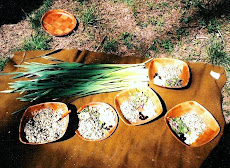









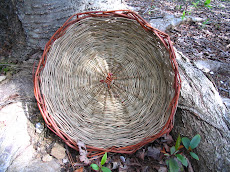



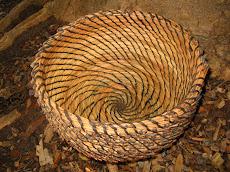



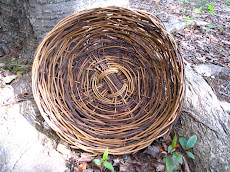

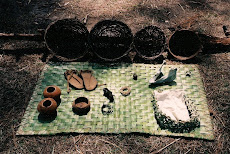


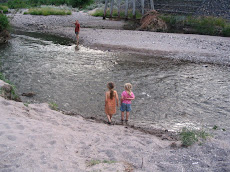

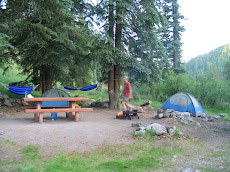


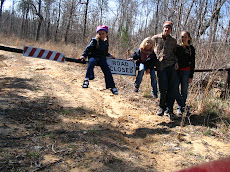






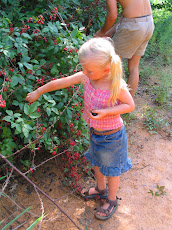








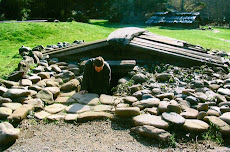

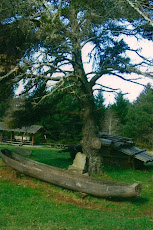





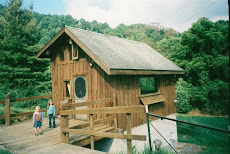




.jpg)

.jpg)

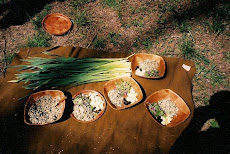

.jpg)



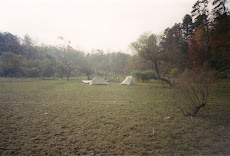

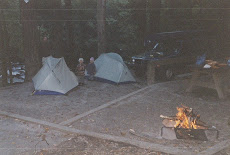


.jpg)
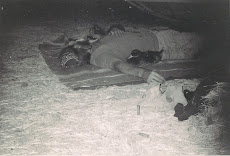.jpg)

.jpg)
.jpg)

.jpg)
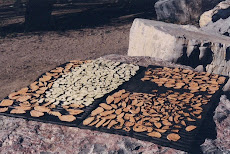
.jpg)
























1 comment:
Thanks for wriiting this
Post a Comment